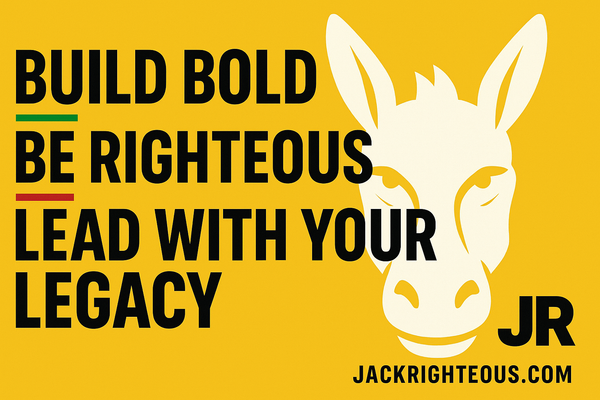
Kanye, Diddy & the Culture That Fuels the Fall
Gary WhittakerChains or Cross: Culture, Kanye, and the Fire We Feed
🎧 Listen While You Read:
🔥 My Son, What Have You Done – Listen now
Created in Suno V4, refined with V4.5 using techniques from the Suno Prompt Sound Engineering Guide, this track explores legacy, distortion, and the weight of choices.🧾 Read: Top 32 Celebrities Confirmed at Diddy’s Iconic Parties
🎧 From that article, stream “Did He Do It?” – a lyrical reflection tied to the ongoing legal saga.
WHAT DO WE BUILD—AND WHO PAYS THE PRICE?
In every era, public figures rise to enormous visibility. Some become creators of culture. Others come to symbolize what happens when that culture reaches its breaking point.
This piece focuses on two such figures—Kanye West and Sean "Diddy" Combs—not to pass judgment, but to examine how their careers unfolded alongside systems of public adoration, silence, and in some cases, legal scrutiny.
As you read, you’re invited to ask:
-
What role does culture play in enabling or resisting misconduct?
-
Where is the line between public behavior and private consequence?
-
And what happens when our icons become cautionary tales?
THE MAKING OF A PUBLIC FIGURE
Kanye West is one of the most celebrated—and scrutinized—artists in modern music. From The College Dropout to Donda, his career has consistently challenged industry norms. He is known for blending faith, fashion, and provocation, often stirring strong reactions for both his creative output and his public statements.
In recent years, West has faced backlash for politically controversial symbolism (including a “White Lives Matter” shirt and a stylized swastika) and antisemitic remarks on social media and in interviews. These incidents led to the loss of major endorsements and widespread criticism. West has publicly acknowledged his bipolar disorder, which has been cited by some as context for his behavior—though not an excuse.
No criminal charges are associated with these incidents. The consequences have come socially, financially, and within the broader industry.
Sean “Diddy” Combs has been a leading figure in hip-hop and business for over three decades. In late 2023, multiple civil lawsuits alleged sexual assault, trafficking, and abuse—beginning with a high-profile case filed (and quickly settled) by Cassie Ventura, his former partner.
Following that, additional lawsuits emerged. In March 2024, federal agents raided Combs’s homes in connection with an active investigation. In May 2025, he entered federal trial facing charges of sex trafficking and racketeering conspiracy.
Combs has denied all allegations and pleaded not guilty. The trial is ongoing. No convictions or findings of liability have been made as of this writing.
WHAT’S FREE—AND WHAT ISN’T
Speech is protected. So are beliefs. But when those elements intersect with public platforms, business deals, or legal obligations, they also intersect with consequence.
Some view Kanye’s statements as free speech taken to its limit. Others argue that when expression incites harm, public reaction is valid. Similarly, some of Diddy’s defenders view the lawsuits with skepticism; others see them as long-overdue responses to abuse in power-heavy spaces.
This article presents what’s known—not what’s assumed—and asks:
How much are we willing to overlook when influence is involved?
NOT A VERDICT—AN INVITATION
You’re not being asked to decide guilt. You’re being invited to engage:
-
Does cultural contribution protect against consequence?
-
When does a public figure’s behavior require a public response?
-
Should artistic freedom be absolute—or accountable?
No single answer applies to every case. But the questions are worth asking.
CROSSROADS, NOT CLOSURE
In “My Son, What Have You Done,” a fictional mother cries out in anguish as her son stands at a spiritual crossroads. The song’s structure mirrors the conversation happening around both West and Combs: reflection, accusation, decision.
This isn’t about condemnation. It’s about culture. About how we respond to power, to allegations, and to art that walks a dangerous line.
Ready to Launch or Level Up Your AI Music Journey?
🔹 Start Here – The Suno AI Creator Guide:
https://jackrighteous.com/pages/suno-guide-getting-started
🔹 Learn to Brand with Sound – GET JACKED Into Suno Branding:
https://jackrighteous.com/pages/start-ai-music-branding
🔹 Unlock the Full Anthem Path – GET RIGHTEOUS System Access:
https://jackrighteous.com/pages/get-righteous-anthem-guide
(Requires one of the following:
– https://jackrighteous.com/products/get-jacked-full-pro-kit
– https://jackrighteous.com/products/get-jacked-pro-ai-music-kit
– https://jackrighteous.com/products/sanctuary-digital-download-support-the-album-build)

